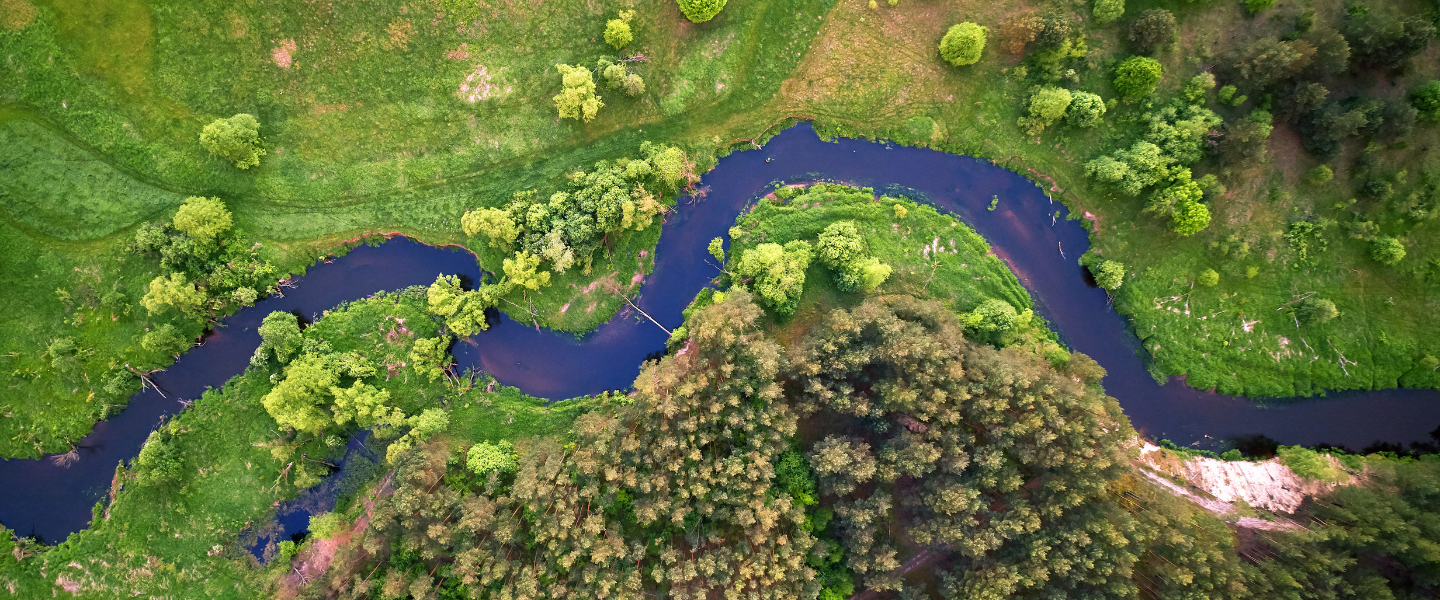The world has crossed the planetary boundary for freshwater—the threshold for how much water can be withdrawn without destabilizing Earth’s systems. Both green water (soil and vegetation moisture) and blue water (surface and groundwater) are under unsustainable pressure, disrupting the balance that regulates rainfall, runoff, and recharge.
Population growth, economic development, and land-use change are straining water resources, while climate change amplifies extremes. Rainfall is becoming more erratic, and natural buffers such as forests, wetlands, and floodplains are being lost or degraded. As a result, water is less effectively stored, absorbed, and released—reducing infiltration, accelerating runoff, and weakening the ecosystems that sustain flow.
The impacts of water stress are far-reaching. Today, at least 4 billion people—half the world’s population—face highly water-stressed conditions for at least one month each year. Floods and droughts are growing more frequent and severe, and water-related disasters now account for 70% of deaths from natural hazards.
Natural water storage in soils, wetlands, and aquifers has declined by 27 trillion cubic meters over the past 50 years, eroding a vital buffer against climate shocks. Groundwater—providing nearly half of global domestic water use and supporting 43% of irrigation—is essential for food security and resilience, yet its depletion is often invisible and difficult to reverse.
Water quality is also deteriorating. Every day, 2 million tons of waste enter rivers, lakes, and aquifers. Pollution from both natural and human sources degrades ecosystems and limits the availability of safe water for people and agriculture.
These physical pressures are compounded by systemic weaknesses. Water governance is fragmented across agencies and levels of government, with regulations on quality, groundwater, and ecosystems often weak or unenforced. Financing is insufficient: investments lag far behind needs, while underpricing and subsidies undermine efficiency and sustainability.
Transboundary water adds another layer of urgency. Nearly half of the world’s rivers and aquifers cross national borders, yet most lack legal and institutional frameworks for joint management. As water demand rises and variability intensifies, cooperation is essential to reduce conflict, build resilience, and unlock shared benefits. When countries work together, regional investments can deliver regional gains: boosting energy production, strengthening food systems, restoring ecosystems, and fostering peace. Still, only 24 countries have operational arrangements for all shared basins, and far fewer have agreements for transboundary groundwater. Strengthening cooperation is therefore critical to achieving sustainable water security at scale.
Last Updated: Oct 16, 2025

